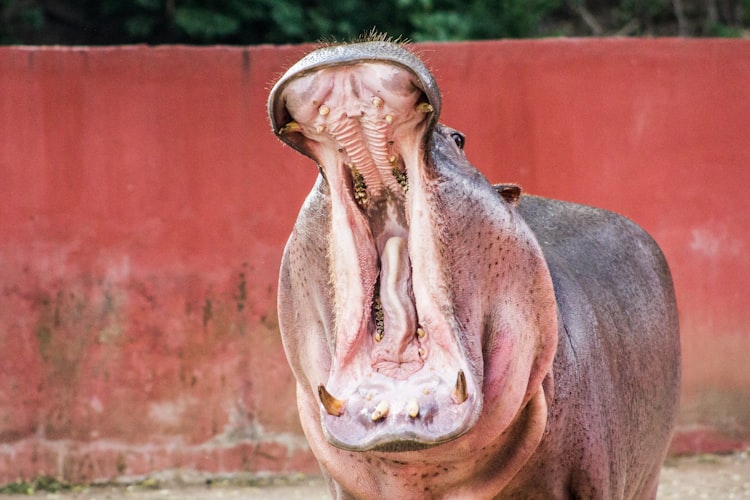Nose Job

What is it?
Rhinoplasty, more commonly known as a nose job, is a surgery which changes the shape of your nose.
The point of a rhinoplasty is to improve the appearance of your nose, improve your breathing, or both.
The nose is a deceptively complicated organ. Its upper part is bone, while its lower part is cartilage, which is much softer.
Everyone’s nose is different, which is why you should only let the best surgeon go anywhere near it (in a medical context, that is).
Are there any risks?
As with any procedure, yes.
These include:
- Bleeding
- Infection
- Adverse reaction to anaesthesia
- Pain
- Swelling and discolouration
- Scarring
- An uneven-looking nose
- Issues breathing through your nose
- Numbness to the nose and surrounding area
- A hole in the septum (the wall between the two nostrils), also known as septal perforation
- Need for a further surgical procedure
As with all procedures, the better your doctor, the lower the risk.
What to expect
We can split this procedure into three stages: before, during, and after.
Before
You and your doctor will meet. This meeting usually includes:
A conversation. Not the casual kind. If your doctor starts sharing the latest goss, run. They will want to know the reasons you want the surgery and your expectations. They will also ask about your medical history to ensure that you’re safe to proceed with the surgery. No one wants to find out you have a bleeding disorder or that you take blood thinners when you’re already on the operating table – it would be a very expensive cleaning job.
An examination. Bring back bad memories of school? No need. This is purely on your doctor. They will conduct a full physical examination, obviously including your nose – inside and outside. This will help them plan the surgery. You will also need blood tests to make sure you’re safe to proceed!
Photographs. Of your nose. Specifically, several angles of your nose. These are useful for comparing your original nose to the results of the surgery. Before the surgery, your doctor may even use computer software to manipulate your digital nose and show you a realistic image of what you can expect from the surgery. In fact, you can try doing that yourself, here. If your doctor tries taking selfies with you, you are advised not to proceed with the surgery.
If all goes well and you’re happy to go ahead, you’ll have your surgery scheduled. You will be given instructions on which medications to avoid and for how long, etcetera.
During
Local anaesthesia to numb the area. This is done through an injection into the nasal tissue.
General anaesthesia to put you to sleep. Either by inhaling it or through a cannula (small tube) in a vein in your hand or arm.
The surgery. This may be performed inside your nose or through a cut at the base, between your nostrils. Your doctor will usually readjust the bone and cartilage under your skin, as planned. They may also correct a deviated (bent or crooked) septum while they’re there.
The nitty gritty really depends on the anatomy of your nose and how much needs to be added or removed. Your doctor might use cartilage from deep inside the nose or from the ear for small changes, or from elsewhere for larger changes. They should explain this all to you before your surgery.
After
You’ll find yourself in a recovery room, being monitored by staff as you wake up. Most people go home the same day.
After the surgery, you’ll rest with your head kept higher than your chest, to keep bleeding and swelling to a minimum.
You will generally keep the internal dressings and a splint taped to your nose for about one week after the surgery. This just keeps everything in the right place and aids your recovery.
It’s normal for your nose to be congested after the surgery. A bit of blood and mucus may also be par for the course. And bruising of your eyelids.
Recovery
To reduce your chances of further bleeding and swelling, your doctor may give you some advice for the coming weeks, including:
- Avoid strenuous exercise
- Sleep upright for 2-3 weeks after the procedure
- Avoid anything that will soak the bandages on your nose
- Use a cold press to reduce swelling
- Take Arnica supplements to reduce swelling
- Don’t blow your nose
- Use a nasal decongestant spray to keep your nose moist and open
- Try not to move your face too much by smiling or laughing – if you need help, just think about the current cost-of-living crisis
- Brush your teeth gently to avoid moving your upper lip
- Don’t pull clothing over your head, such as sweaters
- Don’t wear glasses to avoid pressure on your nose
- Wear sunscreen when outside to avoid discolouration of the skin on your nose
- Eat well and stay well hydrated
In due course, you'll be followed up by your doctor where your results will be assessed. Hopefully, you’ll be happy with the results. If not, you two may discuss the possibility of further surgery.







Member discussion